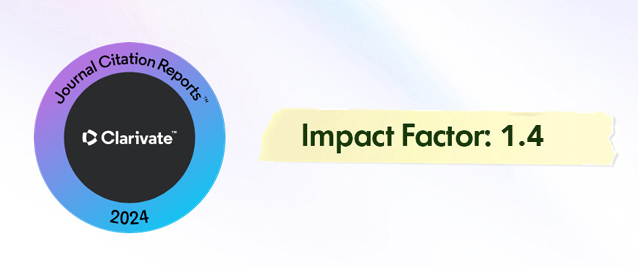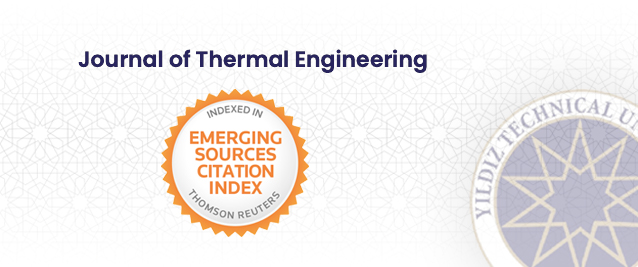2IMT Nord Europe, Université de Lille, CERI Syst. Num´eriques, F-59500, Douai, 59000, France
3NU COMUE Normandie Universite - Laboratoire de Recherche ESITC - ESITC Caen. Rue Pierre et Marie Curie 14610 Epron, 14032, France
4Department of Hydraulics, University Centre of Maghnia, N99 Road of Zouia, Maghnia, Tlemcen, 13001, Algeria
Abstract
This work defined the development of a model for thin-film drying of tomatoes using an indirect solar dryer. Drying experiments were carried out and the drying model was approximated by a simplified model determined by the measurements collected during the experiments, in particular, the measurement of the relative humidity of the tomato during two days of drying coupled with the thermal behaviour of the drying device in free convection. The results show that with good measurements, it is possible to approximate the drying characteristic curve by a linear model with very high statistical performance indicators. The experiments also show that depending on the drying process adopted, the water behaviour of the tomato can change. In addition, the thin film drying model adopted made it possible to assess the solar drying kinetics of the tomato variety studied. The results obtained finally show that the dryness of the tomato is reached after about 14 hours of drying. The drying temperature reaches an average of 80°C, and the final product water content after the optimal drying time is about 0.40 kg. water/kg.ms on a dry basis.
At the end of this study, we concluded that the drying air temperature represents the most important parameter affecting the drying kinetics. The very good agreement between the experimental and numerical results obtained shows that the theoretical model and assumptions used are acceptable, and that our calculation model is reliable.























